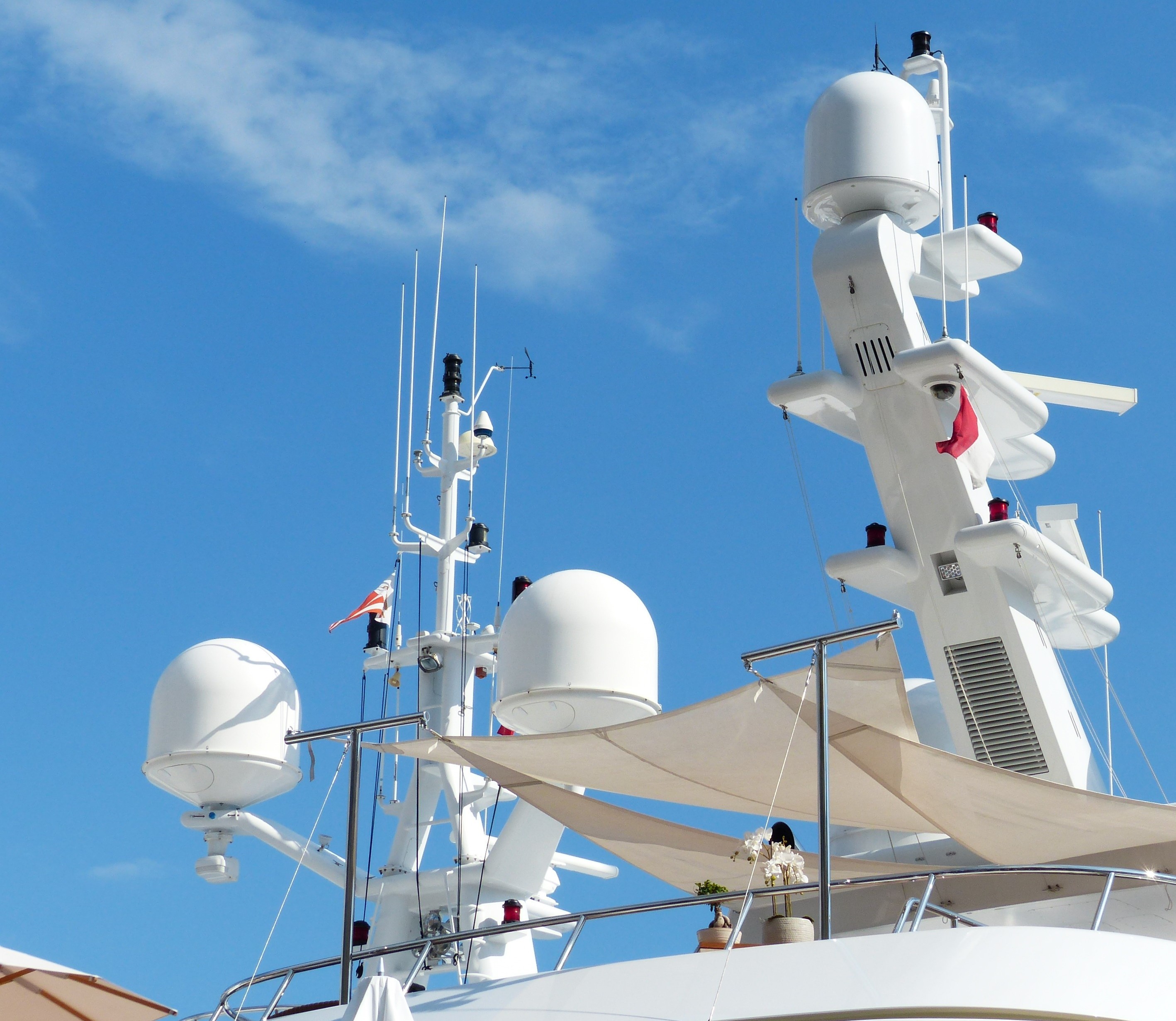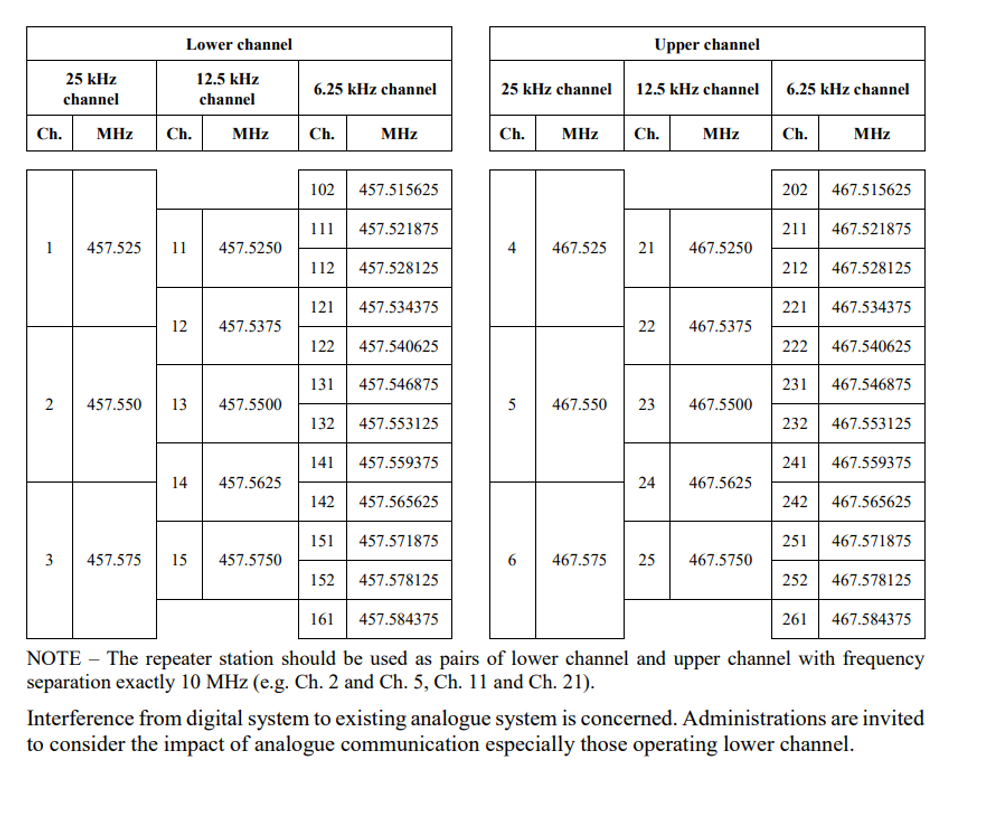
What is UHF Radio Interference?
The UHF frequencies used onboard yachts are defined within the ITU-R M.1174-4. These recommendations are a set of frequencies agreed upon by countries that are members of the International Telecommunications Union (ITU) for onboard UHF radio use. Some notable countries are not members of the ITU and thus the below frequency recommendations do not apply to these waters
- Cyprus
- Saint Kitts and Nevis
- Saint Lucia
- Saudi Arabia
- Maldives
- Malta
- Antigua and Barbuda
- Barbados
- Bahamas
- Marshall Islands

Symptoms Of Interference
There are many symptoms of interference these can include:
- Loss of radio signal in previously good signal areas
- Reduced radio range
- Hearing other vessels or radio users
- Dropped calls
- Unclear voice transmissions from other crew
Causes Of Interference
- Co-Channel Interference: This is where other users or vessels are using the same or similar frequencies. This, therefore, becomes a battle for the finite resources within the spectrum.
- Passive Intermodulation (PIM): This occurs when two or more signals are present in a non-linear device such as diodes or high power AC devices. This results in a lowering of signal-to-noise ratio (SNR), which creates errors with the digital signal.
How to overcome interference?
- UHF Mast Antenna Switch: This allows the vessel to isolate the highest and usually the best receiving antenna from external signals. As UHF is line of sight having an antenna high up on the mast is excellent for tender operations but also great for receiving unwanted signals. By isolating this antenna you stop unwanted signals being fed into the repeater.
- Ensure you have a dominant internal signal: The key to a good UHF onboard system is a strong signal in all areas, usually provided by a Distributed Antenna System (DAS). Having multiple antennas around the vessel is key, this reduces the effects of PIM & CO-Channel interference. A real-world example would be someone whispering in a friend’s ear at a rock concert (well planned DAS) VS shouting to speak to a friend at a rock concert (poor DAS or single antenna).
- Alternative frequencies: Many leading UHF manufacturers can store alternative frequencies within the radio programming. Motorola has the Radio Manager suite allowing quick and easy changes to be made over RF or WiFi. Changing to alternative frequencies should be a simple push of a button.
- Maintenance: Ensuring your radio equipment is maintained by professionals ensures radios & base stations are always working optimally. A defective component could be the cause of your onboard interference.
Looking for expert assistance with UHF radio interference? Our team specialises in resolving interference issues and optimizing radio communication onboard. Whether you're experiencing loss of signal, reduced range, or unclear transmissions, we have the solutions you need. From implementing a UHF Mast Antenna Switch to ensuring a strong internal signal with a Distributed Antenna System (DAS), we'll tailor our services to meet your specific needs. Don't let interference disrupt your communication – contact us now to discuss how we can help you achieve clear and reliable radio performance on your yacht.
 OLAS Communications (23rd June 23)
OLAS Communications (23rd June 23)